Talk Overview
Dr. Victor de Lorenzo discusses applications of bacteria as whole-cell catalysts for decontamination and bioremediation. Dr. de Lorenzo shows that many bacteria can use pollutants as carbon sources, allowing them to decontaminate dangerous chemicals in the environment. He highlights one example of engineering the bacterium Pseudomonas putida for bioremediation, using a set of standardized tools, to metabolize 1,3-dichloropropene under anaerobic conditions. This project resulted in both enhanced natural capabilities and introduced novel functions to P. putida.
Speaker Bio
Victor de Lorenzo
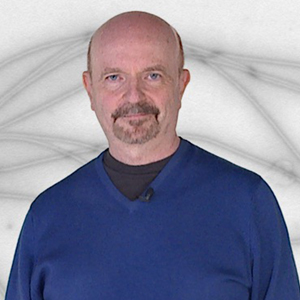
Although trained as a chemist, Víctor de Lorenzo is now a Professor of Molecular Environmental Microbiology at the Centro Nacional de Biotecnología-CSIC. His lab uses Pseudomonas putida to recreate and build circuits for the sake of new-to-nature biological activities that will have an environmental impact by interacting with chemical waste. Dr. de Lorenzo is a… Continue Reading

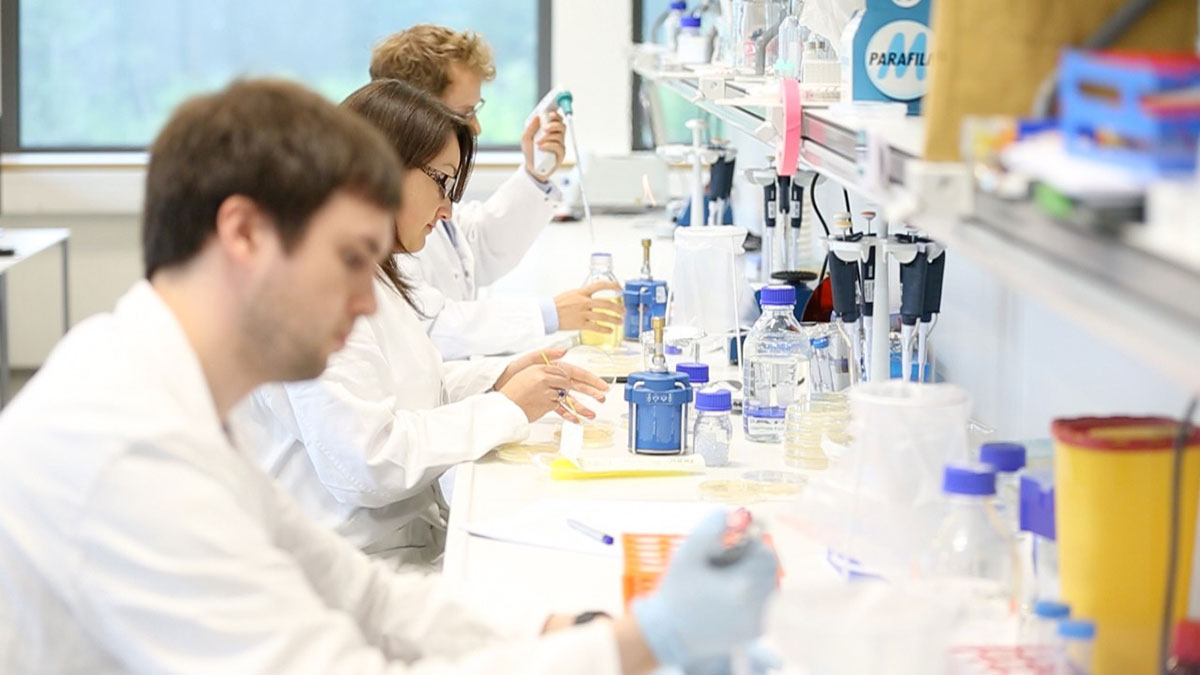
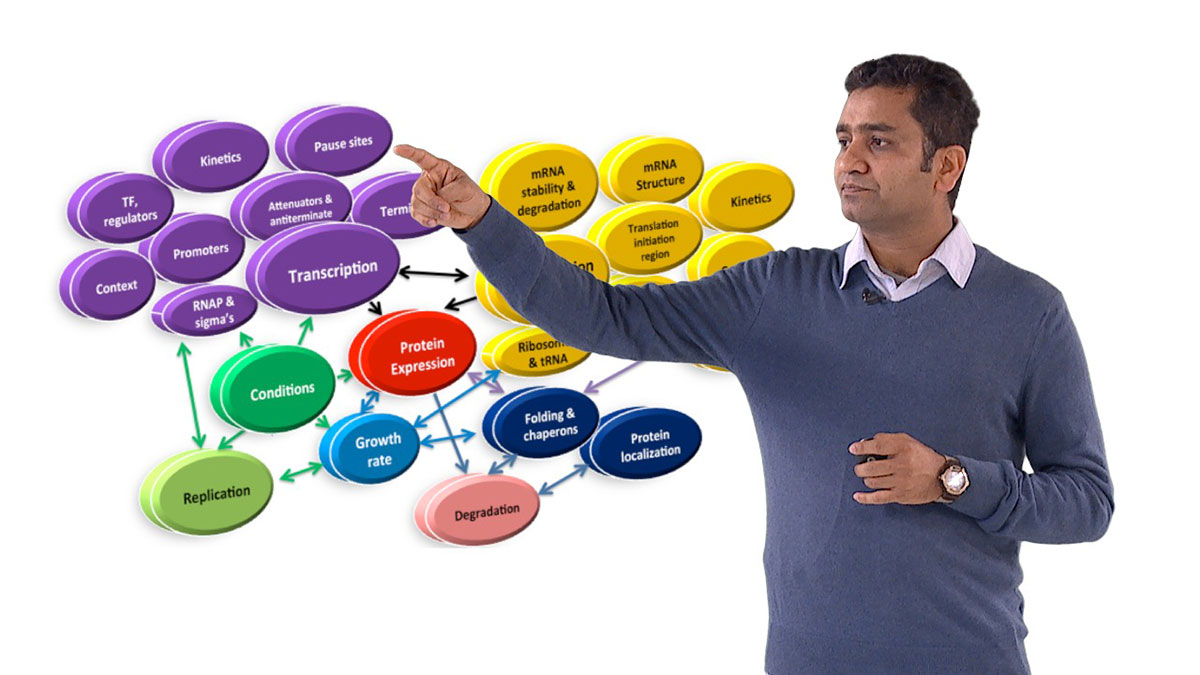
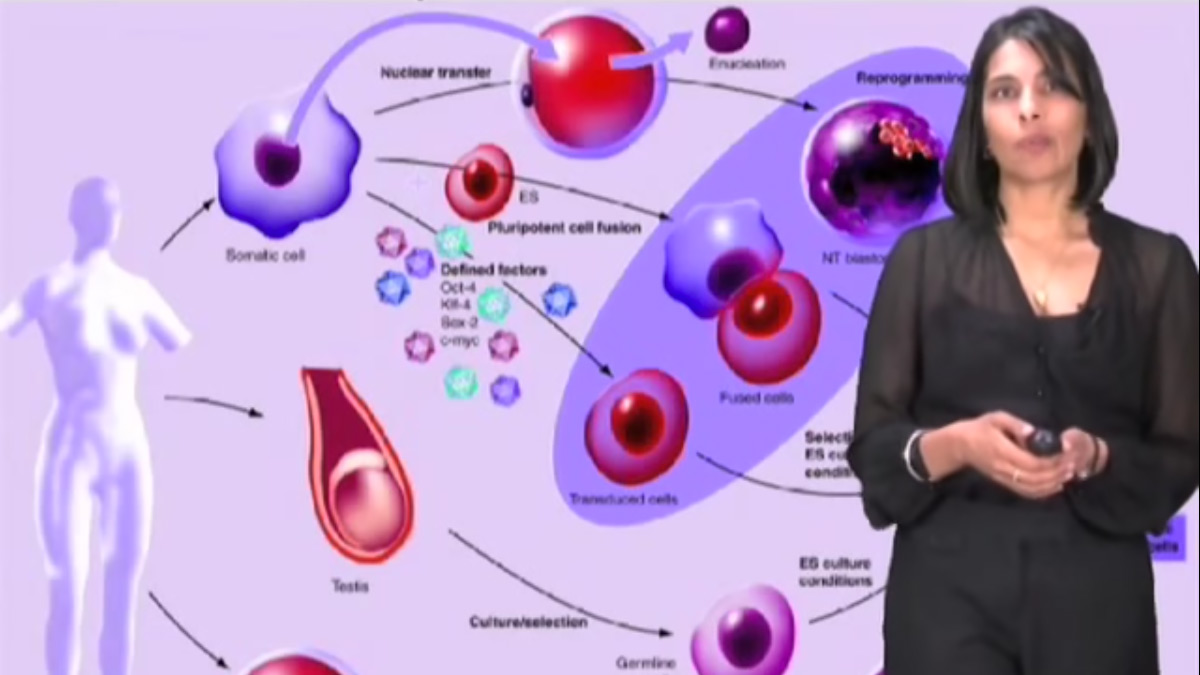
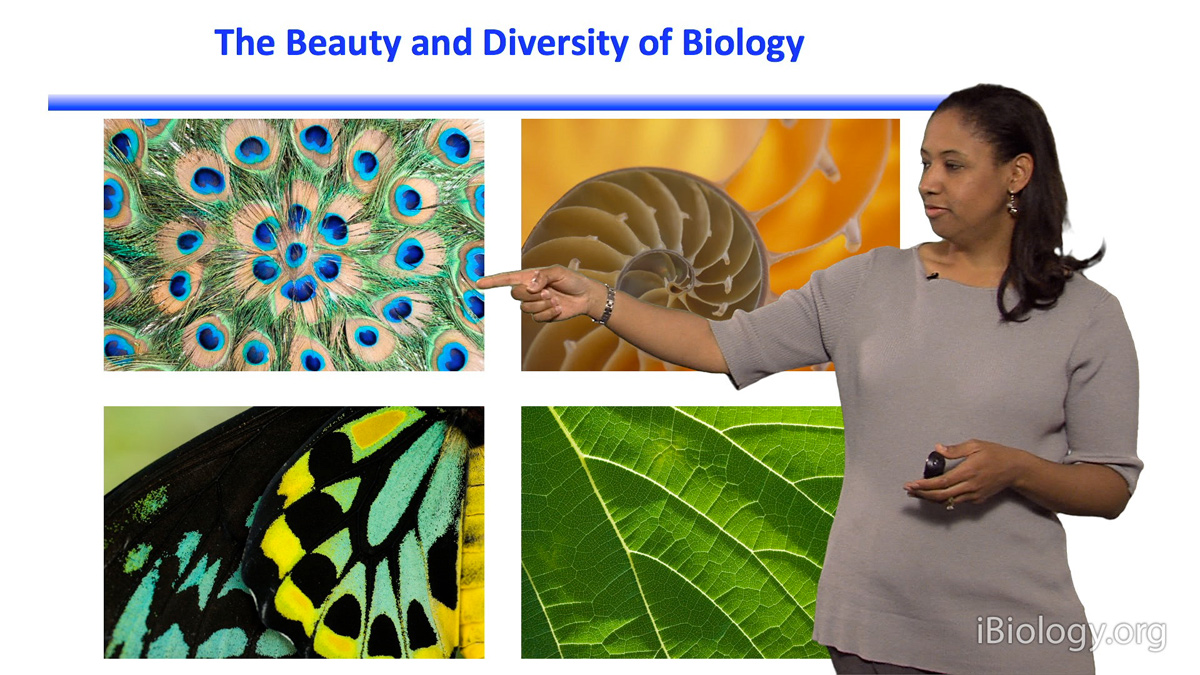
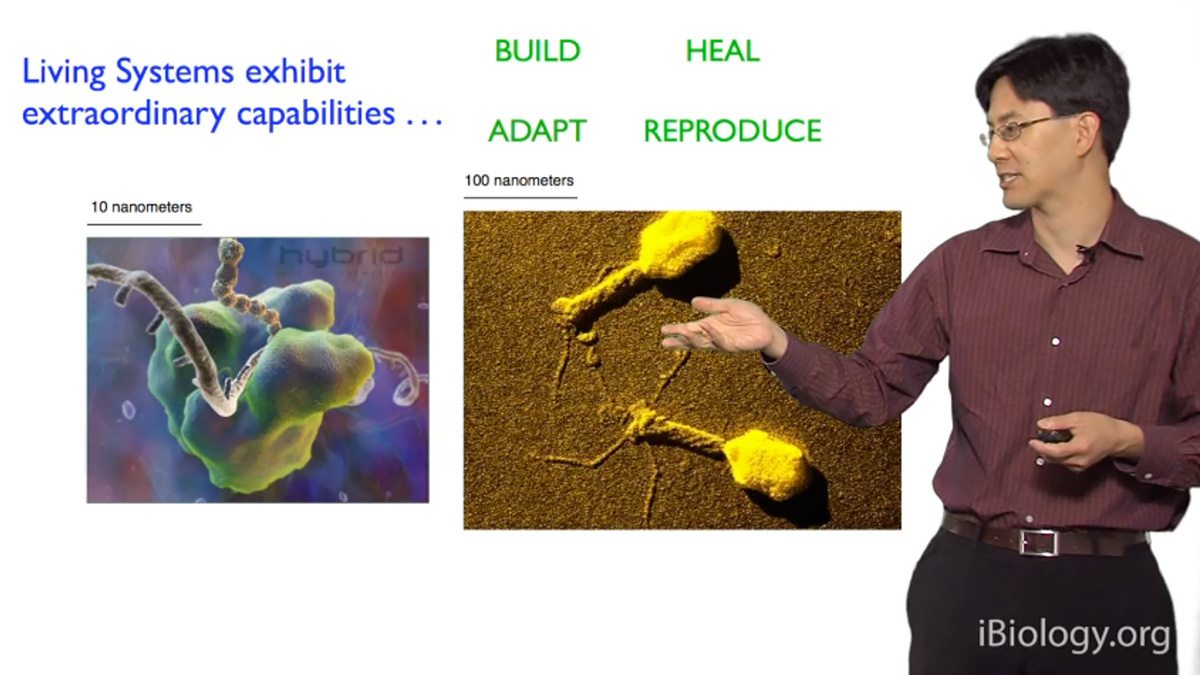





Leave a Reply